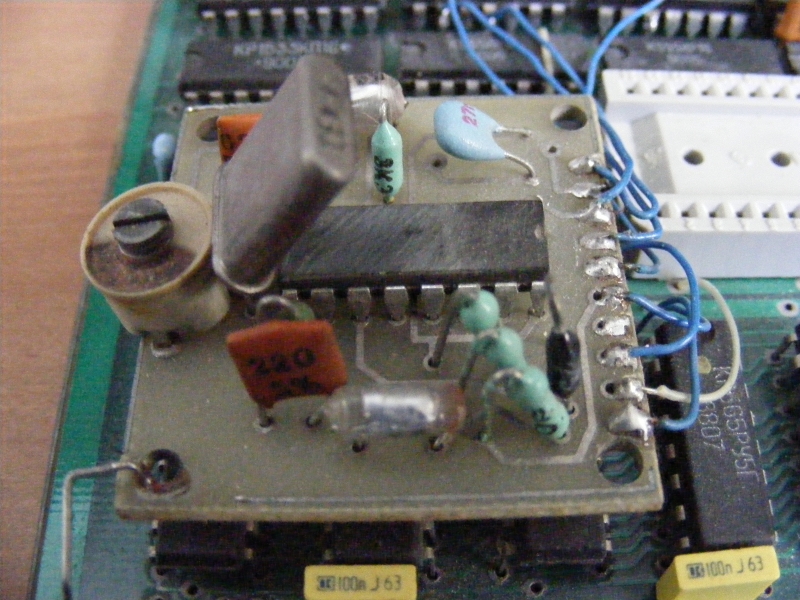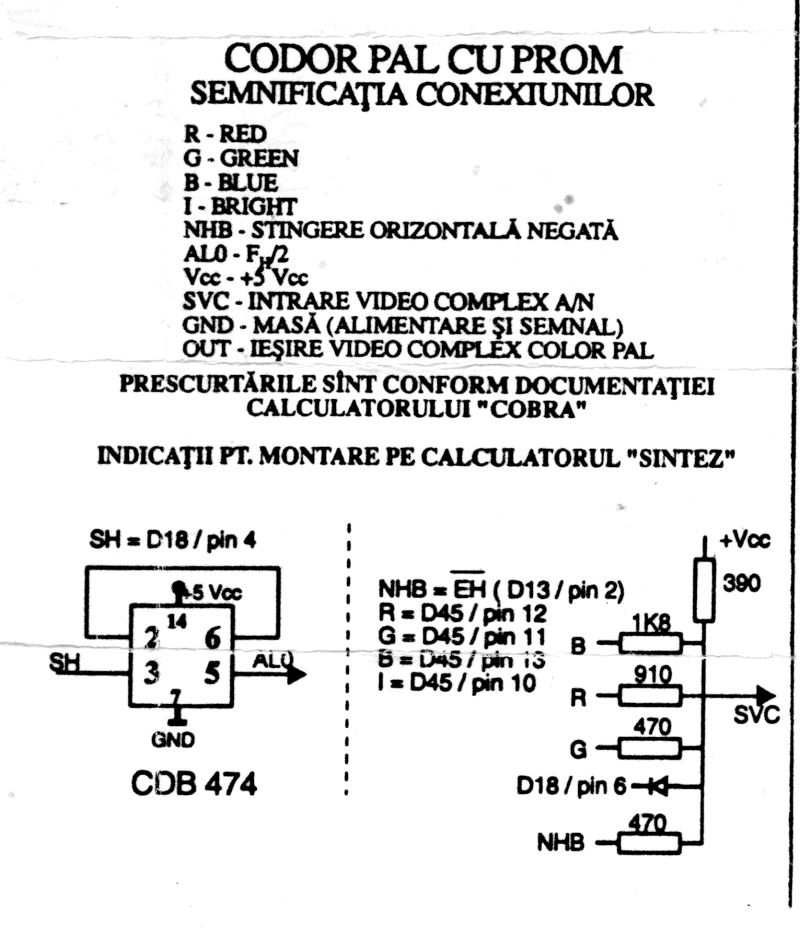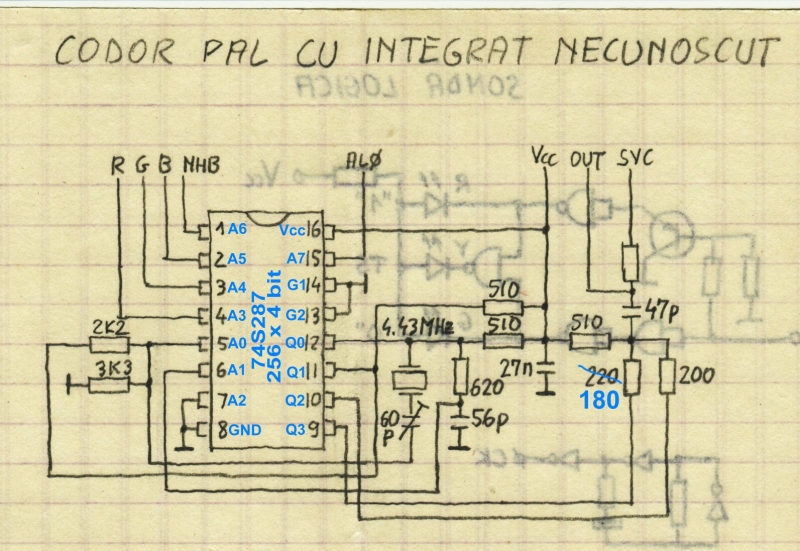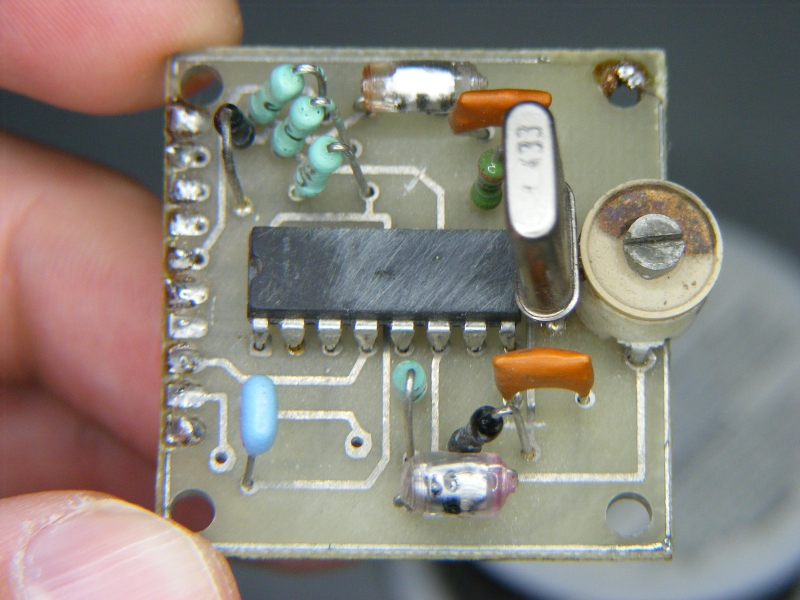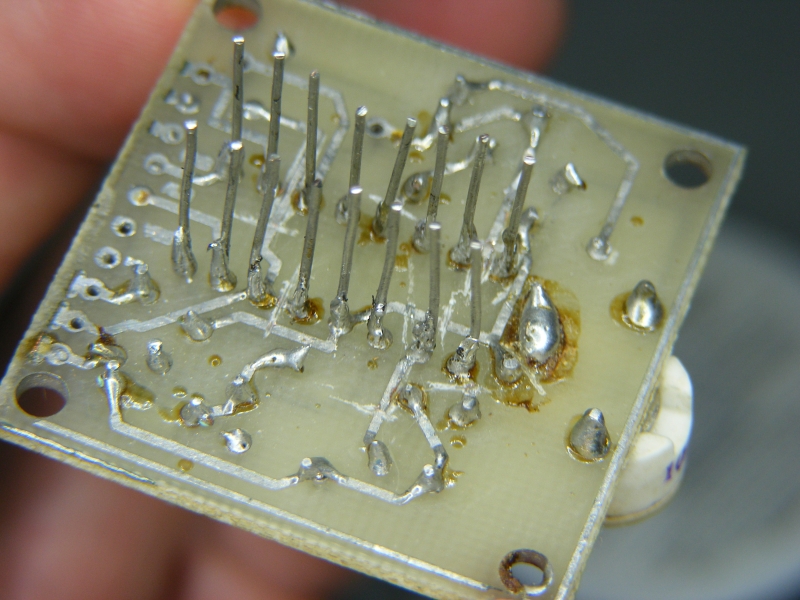L0097: Selected device: National Semicond. DM74S287.
L0098: Buffer checksum in range of [0h..FFh]: 00000F00 - Byte sum (x8)
L0099:
L0100: >> 20.04.2013, 21:20:51
L0101: Reading device: National Semicond. DM74S287.
L0102: Device insertion test ...
L0103: Reading device ...
L0104: Verifying device with buffer ...
L0105: Reading device - done.
L0106: Elapsed time: 0:00:02.1
L0107: Buffer checksum in range of [0h..FFh]: 00000900 - Byte sum (x8)
L0108: Statistics info: Success:1 Failure:0 Other failure:0 Total:1
|
